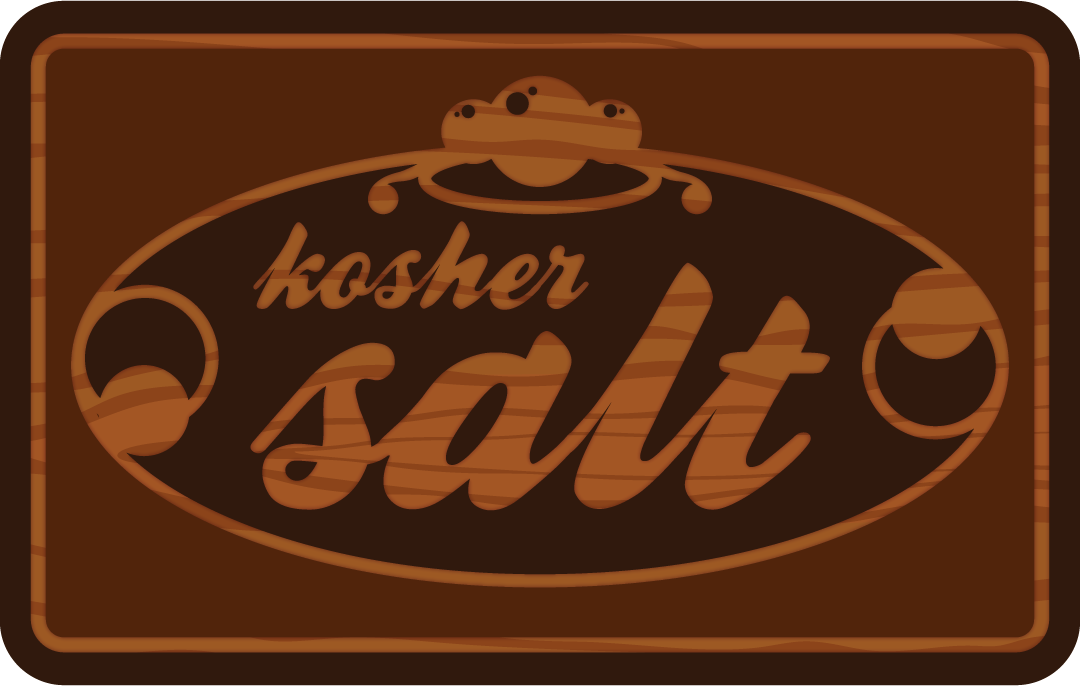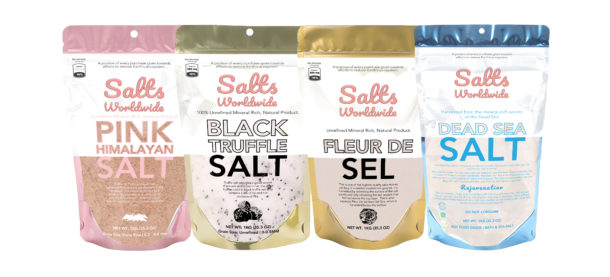Which Salt is Better – Himalayan Salt Or Pickling Salt?
Most people are familiar with the term pickling salt. In its simplest form, pickling is a process where food scraps are cooked and drained of excess moisture. Pickled foods taste sour and salty but are not a completely salty solution.
Pickling is a naturally occurring activity in nature. It does not require special equipment to produce a product with a sour taste. In pickling, the natural acid in the product, the vinegar, changes into an acid that is completely un-sour. This sourness comes from the vinegar and other chemicals in the product.
Other names for pickling include preserving, preserving by vinegar, pickling salts, and pickling solution. These terms often have a different meaning to a food expert or one who only makes pickles.
Modern pickling products are often considered salt based. But, these salty products do not always have any vinegar in them, or vinegar may be present, but is used less than is typical.
There are different types of pickling products on the market today. The traditional pickling salts are made by soaking food and then transferring it to brine tanks where it is allowed to soak for several days. The first two parts of the process, soaking and draining, are often done with water.
Saltwater is the most common type of salt used in the production of salt brine. The saltwater brine or salt pickle is the salt solution that is made with saltwater and then bottled. Some salt brine companies use lemonade or lemon juice as a base for their salt pickles. The lemons or limes are rubbed with spices or herbs, then dried and pounded to a powder. The acid concentration of the liquid part of the brine solution determines how sour or salty it will be. Afterward, the powder is used to coat various foods like potato chips, corn chips, pretzels, and more. They can also be used to season foods for a better flavor retention.
Another form of pickling salt is the acidified vinegar salt. Acidified vinegar is created by combining vinegar and salt together. The salt gets cooked into the vinegar to get a great flavor. Most pickling salt companies will put either yellow or red cabbage into their vinegar salts.
Their customers may also request to include a few of their favorite spices in their pickling salt. This creates a unique tasting product. As with vinegar based salts, the acid concentration of the pickling salt determines how sour or salty it will be.
Some people prefer the taste of salt brine without vinegar. The sodium content of a salt brine can be adjusted by adding more water or less water. There are no artificial flavors or preservatives in these types of salt brines. But, there are a lot of choices for this type of salt.
Also, brine salts have many other uses in the home and around the office. Pickling vegetables and fruits in a brine is a great way to preserve these products while they are in season. The brine works great as a salad dressing, while still keeping the products fresh and flavorful.
Finding good pickling salt recipes and a salt brine recipe can be a bit overwhelming when trying to find a recipe that contains vinegar and salt at the same time. Salts Worldwide has a very simple and delicious pickling recipe that anyone can do.



